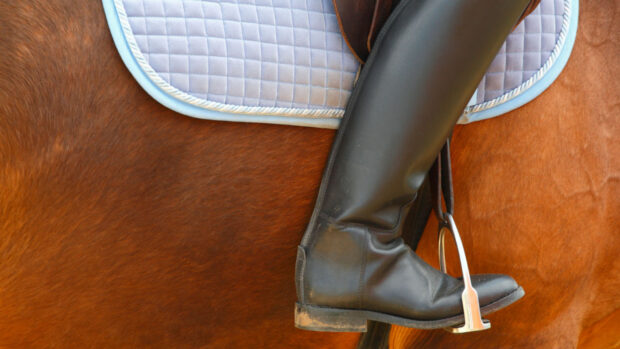Latest hunting news
View hunters for sale
What are the other most frequently seen hunting injuries and what can be done to minimise them?
Hunters are more likely than other horses to get corns and other types of foot bruising associated with concussion and trotting on roads.
Regular, careful shoeing so that the heels are always protected by the shoe is necessary to prevent this foot ailment.
Jumping out of plough or deep ground places the fetlock joints under a huge amount of stress.
When I used to hunt with the Whaddon Chase, which crossed deep clay soil, it would give rise to an injury so common to this hunt that we termed it “Whaddon leg”.
It was a combination of stress fractures in the splint bone and suspensory strains to the fetlock ligament that occurred as a result of jumping out of heavy ground.
Galloping in a large field carries its own risks. I have seen plenty of injuries caused by people riding close to one another.
It is not uncommon for a horse that is following too closely behind to strike into the hindlegs of the one in front. That is a simple common-sense issue, as is galloping through muddy gateways — another common site of injury.
Hunting conditions can be strange and specific. They can also be insidious in their onset.
The first sign of trouble might be a filled leg, then the next day the horse might be slightly lame. Minor injuries can quickly develop into serious ones if they are left untreated.
For the full feature on hunting injuries, see the current issue of Horse & Hound (14 October, ’10)
Go to latest hunting news
View hunters for sale near you



